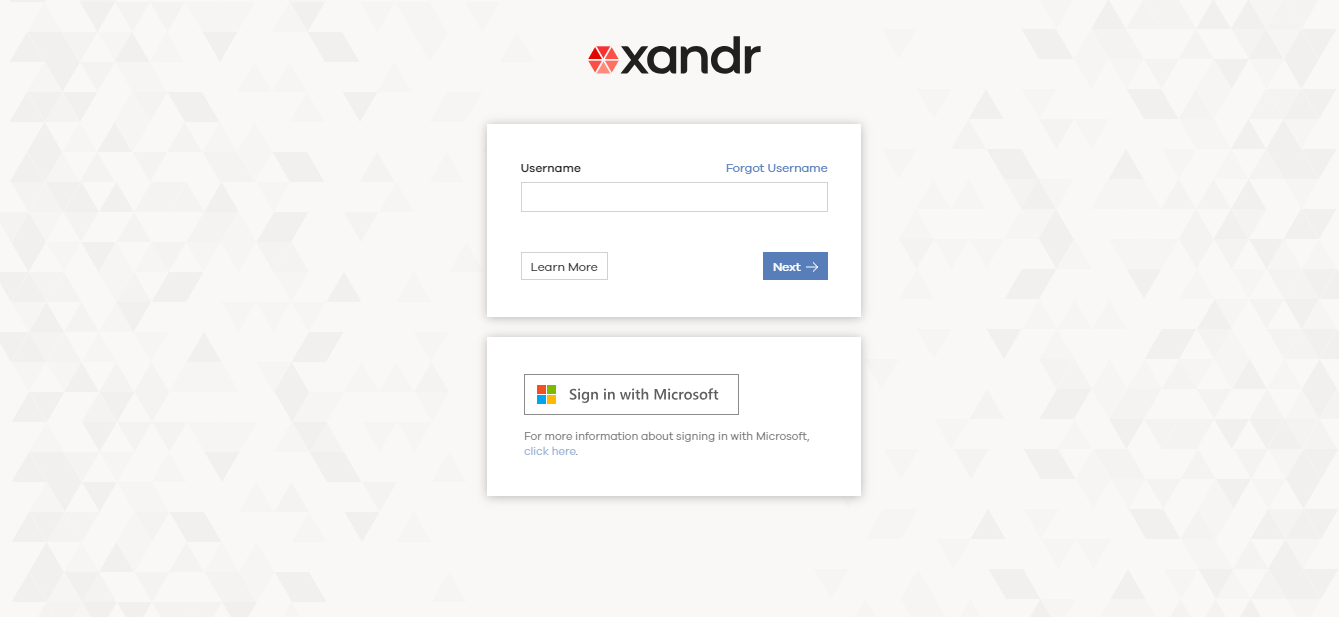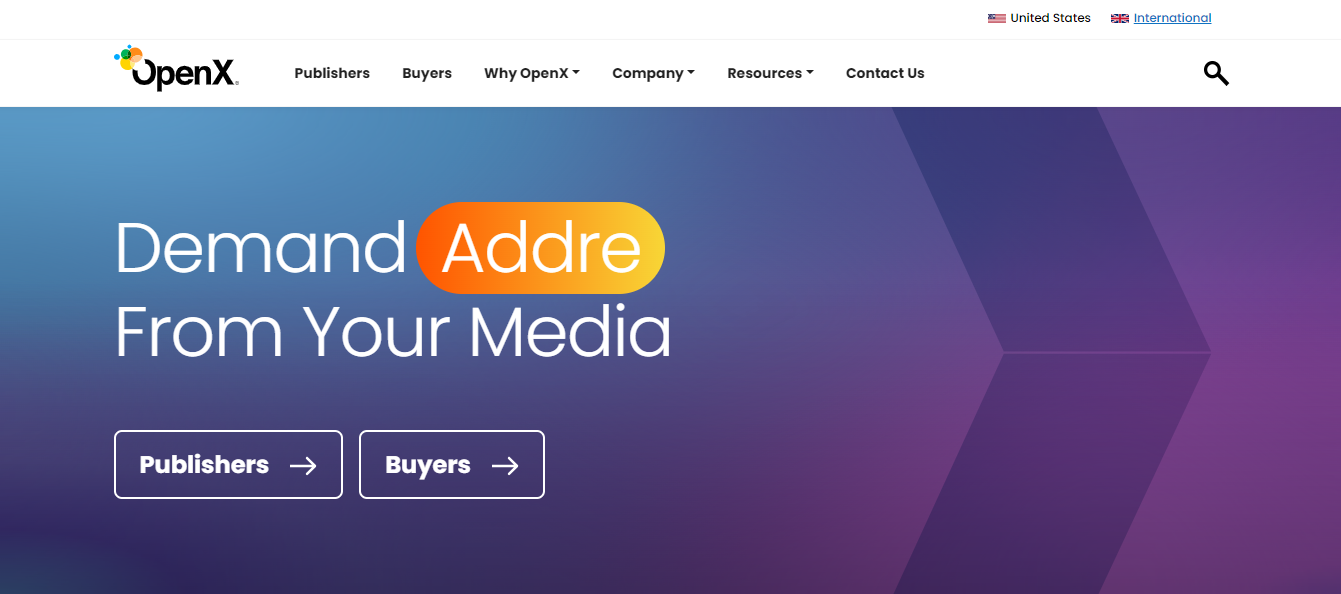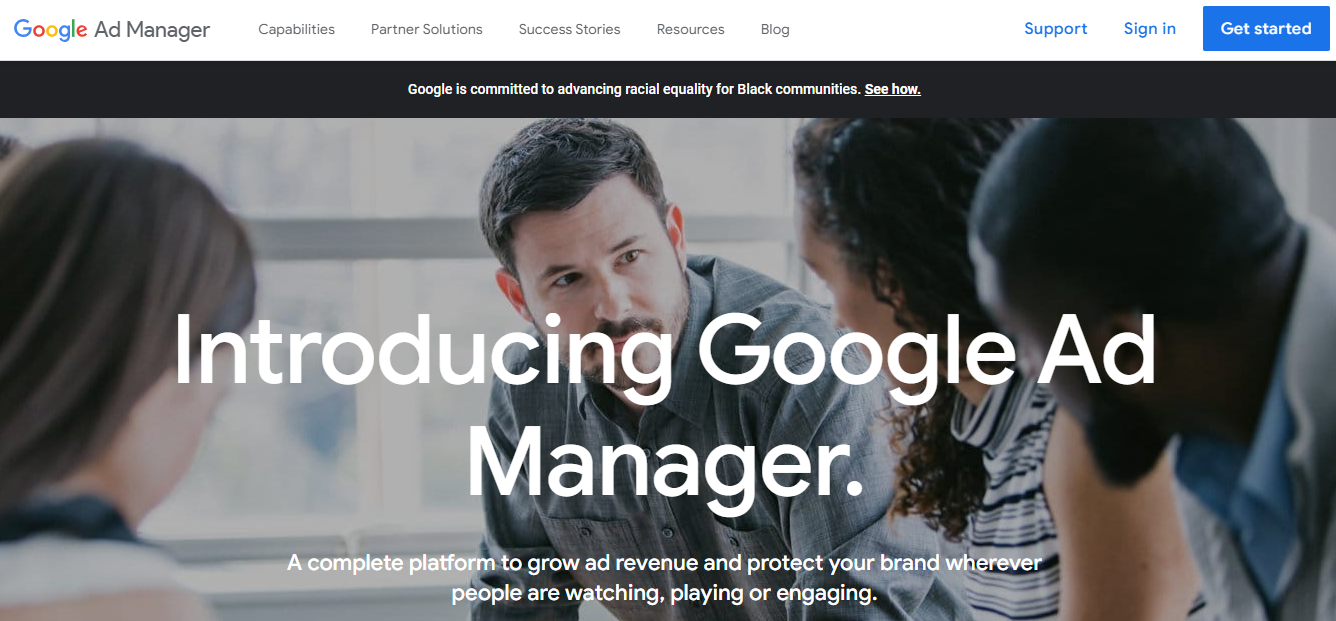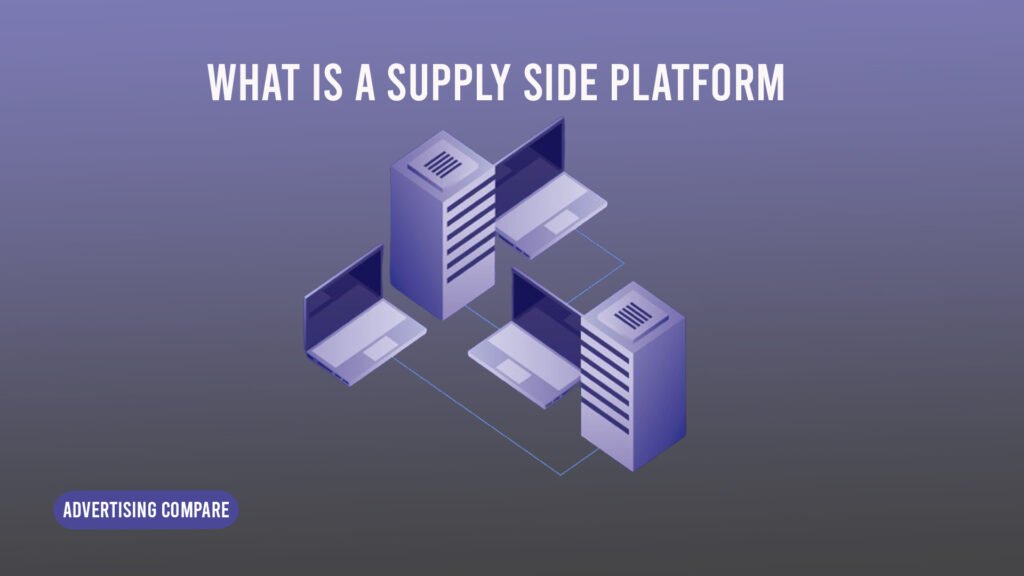Adtech software known as supply-side platform (SSP) assists publishers and other advertisers in automating the administration, promotion, and enhancement of their online and mobile properties’ ad inventory (audio, video, display, and mobile). Another name for SSP is a sell-side platform.
Looking for the best SSP companies or the best SSP in general. In the past Adtech supply, publishers sold advertising space by hand; in certain situations, this is still the case for premium ad space today. Publishers needed to maximize the cost of ad impressions while scaling their selling procedures and making sure that no ad space went unfilled.
Initially, Adtech supply-side platforms were meant to be utilized for filling excess inventory at a discount. These days, all ad inventory’s programmatic selling is handled by the SSP. Publishers started searching for new revenue streams when they initially started moving away from print media and toward digital. The revenue model that made the most sense was the one they were already familiar with from print advertising.
The purpose of display advertising is to imitate print advertisements online and allow website monetization, which is the mainstay of modern digital media.
On the other hand, Adtech supply advertisers searched for publisher websites that would be relevant to their target market and could show advertising to that audience.
An advertising technology (AdTech) platform known as a “supply-side platform” is one that publishers use to efficiently and automatically manage, sell, and optimize the available inventory, or ad space, on their websites and mobile apps. Publishers can monetize their websites and apps by displaying display, video, and native advertisements to their users through the use of an SSP.
SSPs have added more features over time, and many of them now offer ad-exchange mechanisms, which enable publishers to connect to DSPs directly instead of through other ad exchanges.
Difference between SSP and DSP?
DSP vs SSP
Demand-side platforms (DSP) and supply-side platforms are similar, except supply-side platforms are for advertisers rather than marketers. Advertisers list their inventory on SSPs so that demand-side platforms, ad networks, and ad exchanges can access it programmatically. Conversely, demand-side platforms are used by marketers to programmatically purchase advertising from various ad networks and exchanges.
Ad Exchange vs. Supply Side Platform
Ad exchanges and supply side platforms are not the same thing. Ad inventory is not managed by ad exchanges. Rather, publishers and marketers come together at an exchange to acquire and sell advertisements. It is comparable to an online marketplace (such as Amazon) where numerous vendors can sell their goods to numerous consumers.
Where do SSPs fit in advertising?
SSPs are a key player in the online advertising ecosystem and a crucial part of RTB media transactions. On behalf of publishers, who include owners of websites and apps, they link with demand-side platforms (DSPs), ad networks, ad exchanges, and data-management platforms (DMPs) to sell ad inventory.
SSPs help publishers manage the complexity and unpredictability of the programmatic ad-buying process, especially when managing many ad networks with their own requirements and limitations.
SSPs automatically handle a number of requirements and processes, including:
- Real-time bidding transactions: SSPs sell DSPs publisher inventory through ad exchanges (more on that below).
- Ad-network optimization: Although a publisher may have a variety of ad networks eager to buy the inventory, each ad network may have slightly different requirements. While 20% of the time is filled on some networks that pay $2.00 CPM, 70% of the time is filled on networks that pay $1.00 CPM, and 100% of the time is filled on networks that pay $0.50 CPM. Based on this previous data, an SSP will select which ad network to link to when impressions on a publisher’s website become accessible.
- Frequency capping the process of monitoring how frequently a particular visitor is shown an advertisement and then limiting the number of times that visitor sees that advertisement is known as frequency capping. Frequency capping is typically carried out by SSPs and DSPs syncing and matching cookies. This limitation applies to any websites that display advertising from a DSP campaign.
- Only impressions from a certain region are accepted by some ad networks. By using an SSP, the publisher may make sure that only relevant ad networks are considered during the process.
- Handling the fluctuating latency Managing the varying latency and additional irregularities in advertising networks: An SSP platform automatically selects ad networks that regularly offer the lowest latency, improving the whole real-time bidding process. (The fact that SSPs were once referred to be network optimizers is not by accident.)
- SSPs handle the aforementioned factors SSPs manage the previously listed variables, sometimes with the help of complex algorithms, and predict which network will provide the highest effective return at a given time. They also make buying and showing advertisements easier. Teams working in ad operations (AdOps) are relieved of a significant amount of stress, latency is decreased, and yield is raised.
Advertisers are increasingly purchasing online advertising through DSPs and exchanges, but what about publishers? What do supply-side platforms (SSPs) really aim to achieve? Moreover, why are SSPs frequently referred to be yield-optimization platforms?
What do DSPs do?
DSPs optimize to automatically modify bid prices to ensure that they never go beyond a placement’s maximum bid for a variety of optimization goals by predicting each auction’s performance. The following optimization goals are examples of appropriate ones: lowest CPM, lowest CPA, lowest cost per view, lowest cost per click, and so on.
Top SSP Platforms and Top SSP Companies
Are you trying to find a list of SSPS a supply-side platform? These are a few of the most well-known top SSP platforms and the top SSP Companies found in the market in 2025 and 2026.
1. Pubmatic:
 Publishers and agencies can use Pubmatic as an SSP. It has support for real-time bidding, private marketplaces, and a premium header bidder solution. Pubmatic’s suite of ad quality solutions, which it offers in conjunction with The Media Trust and Confiant, is another important aspect. These tools assist publishers in making sure the finest advertising is displayed on their domains.
Publishers and agencies can use Pubmatic as an SSP. It has support for real-time bidding, private marketplaces, and a premium header bidder solution. Pubmatic’s suite of ad quality solutions, which it offers in conjunction with The Media Trust and Confiant, is another important aspect. These tools assist publishers in making sure the finest advertising is displayed on their domains.
In addition, Pubmatic offers solutions for buyers, such as its Media Buying Console, which offers proactive deal health insight and real-time data; Inventory Quality, which filters out illegitimate traffic, vets publishers, and ensures brand safety; and access to private marketplaces.
2. Xandr:
 Xandr offers a wide range of solutions, including an ad exchange, DSP, and SSP. It consists of three products: MonetizeTV, a linked TV solution for media firms; Xandr Monetize, its SSP solution; and Xandr Invest, a DSP.
Xandr offers a wide range of solutions, including an ad exchange, DSP, and SSP. It consists of three products: MonetizeTV, a linked TV solution for media firms; Xandr Monetize, its SSP solution; and Xandr Invest, a DSP.
Since AT&T owns Xandr, it has direct access to AT&T audience data and a significant emphasis on connected TV and digital advertising.
3. OpenX:
 OpenX provides goods for advertisers as well as publishers. OpenX Mobile and OpenX Video offer direct access to high-quality mobile and video advertisers; OpenX Private Marketplaces provide direct access to premium advertisers; and OpenX Bidder facilitates real-time bidding.
OpenX provides goods for advertisers as well as publishers. OpenX Mobile and OpenX Video offer direct access to high-quality mobile and video advertisers; OpenX Private Marketplaces provide direct access to premium advertisers; and OpenX Bidder facilitates real-time bidding.
Additionally, OpenX provides publishers with total control over their ad platform through Ad Exchange, an ad marketplace, and Open Audience, a tool to assist them in better understanding their audience so they can pair advertisers with highly targeted audiences.
4. Ad Manager for Google:
 Google Ad Manager functions as an ad exchange (AdX) in addition to a supply-side platform. For publishers with more than 5 million page views, it is free of charge and provides all the features needed to manage video, native, and custom ad inventory. In order to promote fairness and transparency, it offers a unified first-price auction in which the successful bidder pays the highest price.
Google Ad Manager functions as an ad exchange (AdX) in addition to a supply-side platform. For publishers with more than 5 million page views, it is free of charge and provides all the features needed to manage video, native, and custom ad inventory. In order to promote fairness and transparency, it offers a unified first-price auction in which the successful bidder pays the highest price.
Programmatic Guaranteed, direct-booked campaigns, and open auctions are all supported by Google Ad Manager. Along with supporting other industry initiatives, it also guarantees brand safety through certification from the Trustworthy Accountability Group against fraud, piracy, and malware.
5. Magnite:
![]() Midway through 2020, The Rubicon Project merged with Telaria, another SSP with experience in linked TV advertising, and became Magnite. One of the biggest SSPs in the market is now Magnite thanks to the combination of supply side platforms. Furthermore, it recently acquired SpringServe, expanding its capabilities to include superior OTT and CTV ad management.
Midway through 2020, The Rubicon Project merged with Telaria, another SSP with experience in linked TV advertising, and became Magnite. One of the biggest SSPs in the market is now Magnite thanks to the combination of supply side platforms. Furthermore, it recently acquired SpringServe, expanding its capabilities to include superior OTT and CTV ad management.
For publishers and marketers, Magnite offers an SSP and a DSP, respectively. Publishers have total control over their inventory and audience thanks to its Auction Package, Programmatic Guaranteed (PG), and private marketplace (PMP) features.
Google SSP: Google Ad Exchange
It’s true that Google Ad Exchange is a supply-side platform or SSP. Big publishers with 5 million or more monthly visitors may now find higher CPMs and have more control over their ad monetization strategy thanks to Google AdX, which boosts revenue by not just 30 but also 50 percent.
AdX is mainly referred to as an SSP since it provides services to publishers or the supply side of the network. Google Ads Manager, which is also Google’s ad server or SSP, is in charge of managing AdX. It lets owners of digital media and publishers auction off ad slots automatically. “AdX outperforms the competition by connecting publishers into the world’s largest exchange of global inventory,” claims Total Media.
Real-time bidding (RTB) technology powers programmatic ad buying on this impartial, independent platform.
Consider some of the Supply Side Strategies
You might anticipate the following main Strategic advantages of using SSPs:
- Fine-grained Reporting: Reporting and data analysis are key components in determining how well a company is performing. To maximize your profitability, you need to know how much your inventory is worth and how much money it brings in.
A top-notch platform needs to provide you with an extensive reporting system. This can help you decide which is the best line of action to sell your goods or maximize your yield.
- Adjustable Price Floor: With an excellent SSP, you ought to be able to set both hard and soft pricing floors at a low CPM. You can maximize your revenue by using this freedom.
- Combining Different Networks: SSPs can link to many networks, DSPs, and ad exchanges to increase the number of buyers taking part in real-time bidding and boost publisher return.
- Clear and Uncomplicated: Although programmatic aims to simplify the advertising process, there is still a lot of complexity in the market. A supply-side platform should be easy to use, simple to integrate, and have all the data required to evaluate your performance.
- Brand Security: Because SSPs may be set up to only provide inventory to specific customers or through specific channels, they can help protect your brand by preventing unsolicited adverts from showing up on your website.
SSP Architecture: In what ways do supply-side platforms aid in the process of ad selling?
In relation to RTB media transactions, SSPs are crucial. SSPs manage several procedures and specifications, such as:
-
Real-time exchanges of bids:
SSPs use an ad exchange to automatically sell DSPs a publisher’s ad space.
-
Network optimization for ads:
SSPs provide publishers more control over their inventory because they sell individual ad impressions. Publishers are able to optimize their ad requests based on who is paying for their inventory at the impression level.
-
Capping frequencies:
In order to do frequency capping, which is the act of tracking how many times a certain visitor sees an advertisement and subsequently limiting the number of times that visitor sees that advertisement, SSPs and DSPs collaborate.
-
Pertinence:
The publisher can ensure that only relevant ad networks are given consideration for their available ad space by using an SSP.
Contracts for the purchase of Ads:
Prior to programmatic advertising buying, publishers and brands had in-person contract negotiations.
In the beginning, publishers found marketers ready to place their advertising on their websites and then sold space to them directly. But as the display-ad market expanded, a whole new issue surfaced. The fill risk associated with direct sales necessitated the necessity for a middleman, a technical platform that could effectively sell leftover inventory and automate the process, as some goods would remain unsold. The ad network stepped in at that point.
A technological platform called an ad network acts as a middleman between publishers and advertisers. Network optimizers are one of the new technology platforms that arose along with the proliferation of ad networks. These AdTech platforms were in charge of choosing the ad network that would provide the greatest results, or sell the publisher’s inventory for the most money.
Network optimizers evolved into a new kind of AdTech platform when real-time bidding (RTB) was launched in the late 2000s; these platforms are now known as supply-side platforms (SSPs).
In addition to enabling publishers to sell their inventory to the top ad network, today’s SSPs play a crucial role in the RTB process by enabling publishers to optimize yield by concurrently connecting their inventory to numerous demand-side platforms and ad exchanges.
SSP Architecture: What Constitutes an SSP’s Primary Features?
Publishers can use the user interface to their advantage when selling impressions by utilizing the SSP.
Publishers can have complete information about the success of their ad inventory, including fill rates, clicks, and impressions, thanks to analytics and reporting.
Header bidding: The majority of SSPs have header bidding features that enable publishers to manage their header bidding wrappers and demand partners in addition to obtaining bids from several DSPs.
By optimizing fill rates, floor pricing, and auction processes, yield optimization seeks to boost publisher revenue.
Publishers can manage various ad inventory kinds and prohibit specific sorts of ads with the help of inventory and campaign management.
What is the process of a supply-side platform (SSP)?
In the past, publishers manually assigned advertising to spaces using media buyers and sales teams. However, manual placement is no longer effective due to enormous audiences and the growing number of digital marketers vying for the same ad space.
These days, SSPs combine with demand-side platforms (DSPs) through programmatic advertising technology to assess advertisers, compile publishers’ whole inventory, determine the bidding range, and then suggest the best fit for each space.
SSPs give publishers the ability to set multiple rates for ad spaces and filter digital ads based on the advertiser, ad type, target audience, and other factors.
The procedure is carried out in a number of small-scale transactions along the supply chain for digital advertising. Buyers may get the inventory directly from the SSP or through agencies, DSPs, and ad exchanges.
A pixel code is added to a publisher’s page to track visitor behavior and audience data once it has been agreed upon. Anonymous information about visitors and their activities is provided by the code. It is designed to optimize the value that publishers get from an advertisement impression.
How Are Publishers Helped by SSPs?
Demand-side platforms (DSPs) and supply-side platforms (SSPs) operate together to open up advertising inventory for bidding to many ad buyers on different ad networks and exchanges.
SSPs make it easier to connect with more advertisers and handle the complexities of managing several ad networks or ad exchanges at once.
A solid supply platform should also enable you to offer your inventory for sale to a broad range of buyers at the best price.
To sell every item in your inventory for the best price would be your daily objective.
Having various high-quality demand sources ensures that inventory is sold at the best price, therefore working with a top-notch supply-side platform ensures success for your company.

